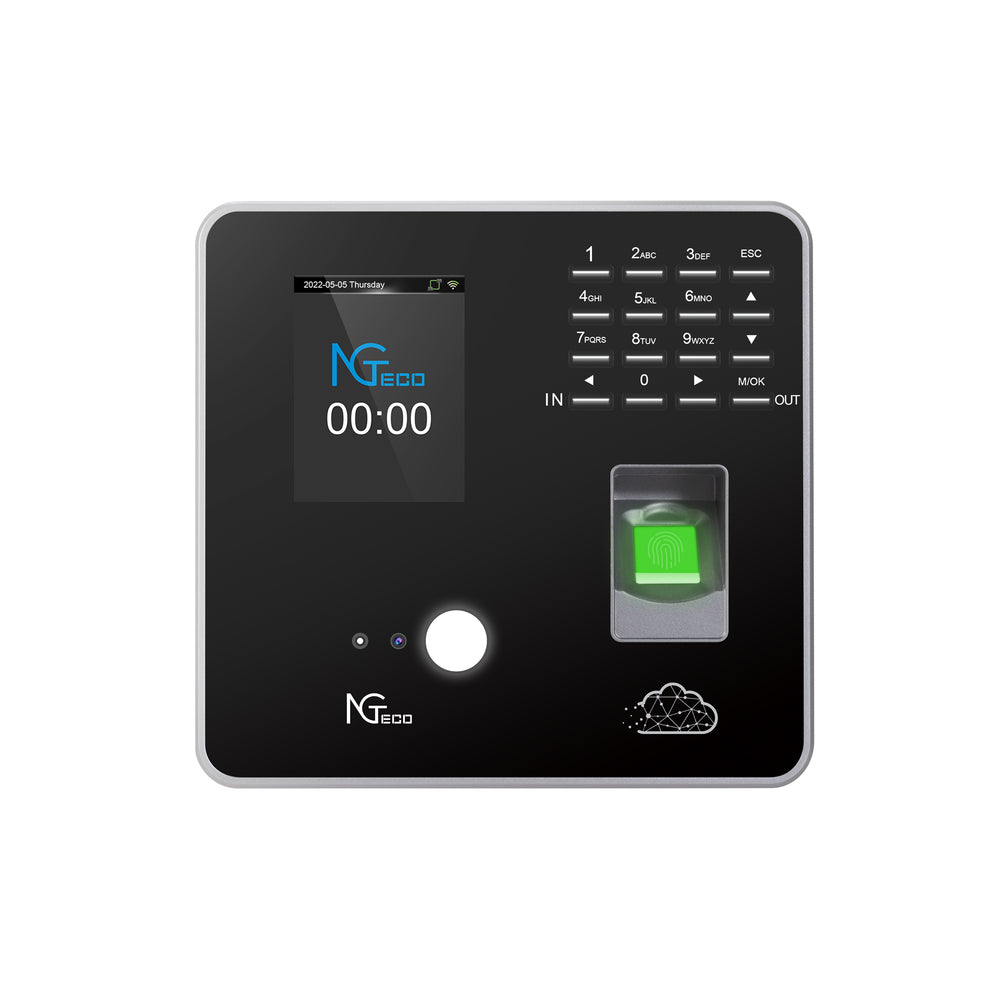Unlocking the Secrets: How Time Clocks Revolutionize Factory Management!
In the fast-paced world of manufacturing, the management of time has always been a critical component of operational success. The introduction of time clocks in factories marked a significant shift in workforce management, evolving from simple punch cards to sophisticated digital systems. These devices not only track employee hours but also serve as a cornerstone for improving overall productivity and efficiency. Accurate time tracking allows management to optimize labor costs, streamline operations, and create a more accountable workforce. As factories continue to embrace technological advancements, understanding how time clocks work and their benefits becomes essential for any business aiming to enhance its operational framework.

Understanding Time Clocks: Mechanisms and Functionality
Time clocks have evolved significantly over the years, from mechanical devices that required a physical punch to modern digital systems that utilize advanced technology. Traditional mechanical time clocks operated on a simple principle: employees would insert a card into the machine, which would stamp the time onto the card when they clocked in or out. However, today's digital time clocks offer a plethora of features, including touchless entry, biometric scanning, and integration with payroll systems. These systems capture data such as clock-in and clock-out times, breaks, and overtime hours, which are then transmitted to management software for processing. This automation not only reduces errors associated with manual entry but also provides real-time insights into workforce attendance and productivity. A friend who works in a large manufacturing plant shared that since their transition to digital time clocks, the accuracy of payroll has significantly improved, eliminating the discrepancies that once plagued their accounting department.
Benefits of Time Clocks in Factory Management
Implementing time clocks in factory settings brings a myriad of advantages. One of the most notable benefits is the improvement in payroll accuracy. By automating the time tracking process, companies can significantly reduce the chances of errors that can arise from manual timekeeping methods. This accuracy not only ensures that employees are paid correctly for their time worked but also helps management in budgeting and forecasting labor costs. Furthermore, time clocks decrease administrative tasks related to time tracking, allowing HR and payroll departments to focus on more strategic initiatives. Enhanced employee accountability is another critical benefit; when workers are aware that their time is being monitored, they tend to be more punctual and productive. Statistics show that factories utilizing time clocks have reported a 20% increase in productivity, affirming the positive impact of accurate time management on operational efficiency. My friend's factory experienced a similar boost, with employees showing up on time more consistently since they started using a reliable time clock system.
Challenges and Considerations in Implementing Time Clocks
While the benefits of time clocks are substantial, there are challenges to consider when implementing these systems in factories. Resistance from employees can be a significant hurdle, as some may feel uncomfortable with constant monitoring. To address this, it's crucial for management to communicate the advantages of the system transparently and involve employees in the transition process. Technical issues can also arise, particularly during the initial setup or integration with existing systems. Conducting thorough testing and providing adequate training can help mitigate these challenges. Additionally, investing in user-friendly technology ensures that both employees and management can navigate the system with ease. A friend’s factory faced initial resistance when they switched to digital time clocks, but after conducting training sessions and addressing concerns, acceptance grew, leading to a smoother transition.
Future Trends: The Evolution of Time Management Systems in Factories
The future of time management systems in factories is poised for exciting developments. One emerging trend is the use of biometric time clocks, which utilize fingerprint or facial recognition technology for clocking in and out. This not only enhances security but also eliminates buddy punching, where one employee clocks in for another. Additionally, mobile clocking options are gaining popularity, allowing employees to clock in and out via their smartphones, providing flexibility and convenience. Furthermore, the integration of time clocks with other workforce management systems, such as scheduling and project management software, creates a cohesive approach to managing labor resources. These innovations promise to further enhance factory operations by providing deeper insights into workforce metrics and facilitating better decision-making. As my friend noted, the potential for seamless integration with other systems could revolutionize how they manage their workforce, making it more efficient and adaptive to changing demands.
Maximizing Efficiency Through Time Clock Integration
In summary, time clocks serve as a pivotal tool in the realm of factory management, transforming how businesses track employee time and optimize productivity. By understanding the mechanisms behind these systems and embracing their numerous benefits, factories can significantly improve accuracy in payroll, reduce administrative burdens, and foster a culture of accountability among employees. As technologies advance, the future of time management in factories looks promising, with innovations set to enhance operational efficiency further. Factories that consider modern time clock solutions stand to gain a competitive edge in an ever-evolving industry landscape.







commentaires